Two homelands: weaving relations between Switzerland and Brazil
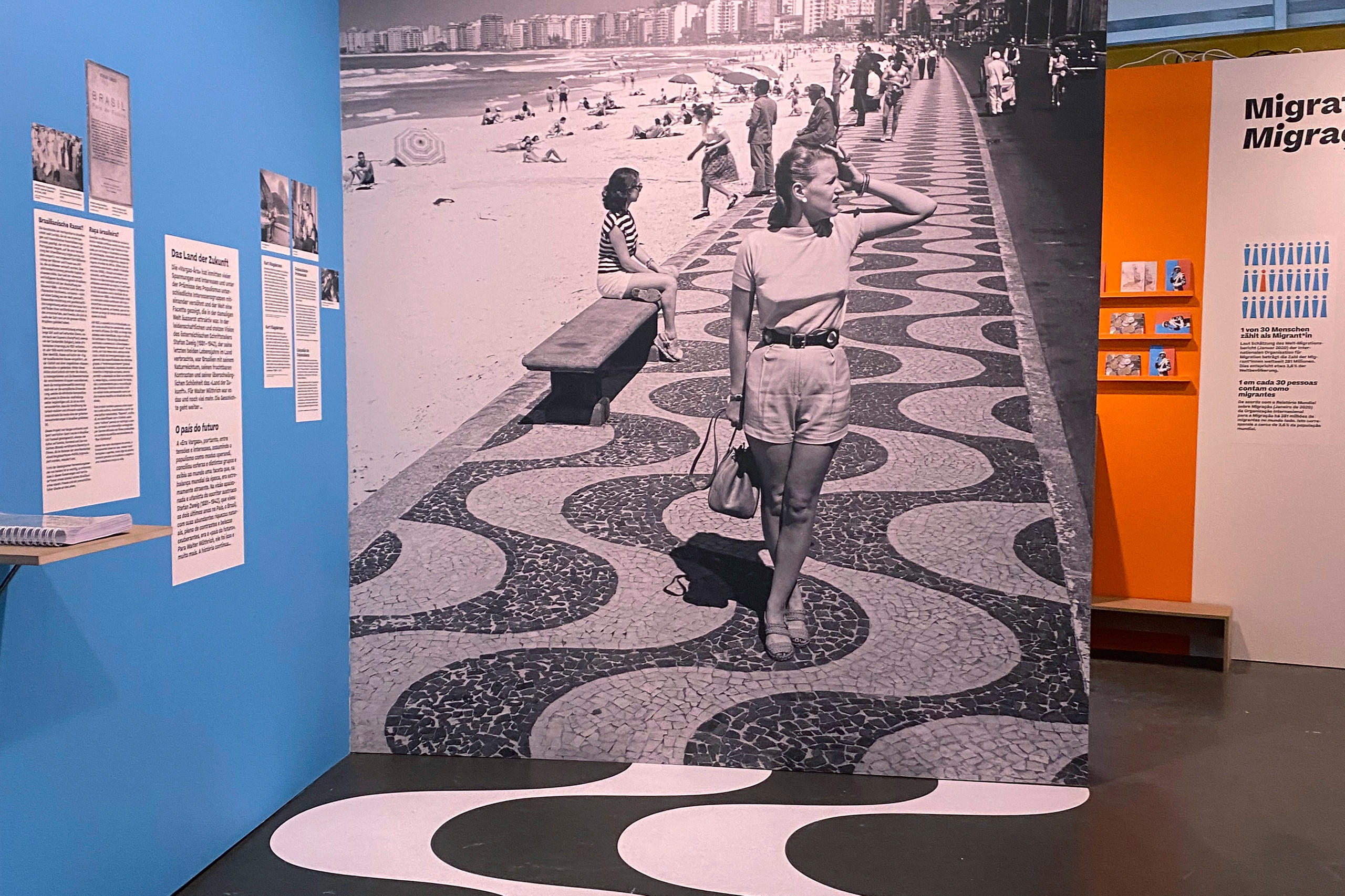
Imagine crossing the Atlantic with no clear prospect of returning home soon. An exhibition in Basel evokes precisely this idea, telling the life of successful Swiss emigrant Walter Wüthrich.
Wüthrich was a merchant from Basel who in 1939, aged 21, departed from the port of Antwerp in Belgium, heading to Rio de Janeiro. The young entrepreneur became a central figure in commercial and cultural ties between Switzerland and Brazil.
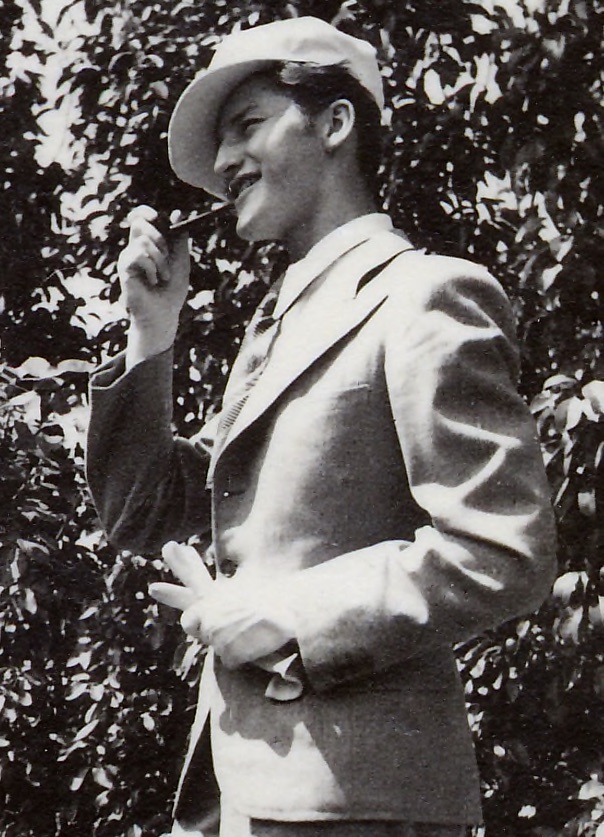
Wüthrich is the narrator of the exhibition “Between Two Homelands”, which approaches the universal issue of migration through his eyes.
Accompanied by his friend Gustav Baumann and secretly carrying a gun, Wüthrich went out in search of freedom to reinvent himself. Upon arriving in Brazil, his first impulse was to bend down to kiss the ground, but the pistol slipped from his pocket, with the result that Wüthrich was arrested and spent his first tropical nights in jail.
In his diary Wüthrich wrote on September 12, 1939: “Gusti was right. I really should have thrown the damned gun into the sea. Dazzled by the sight of Rio, infinitely relieved to have escaped the war, very much looking forward to what was to come, I had to kneel down immediately and kiss the blessed soil of Brazil. And that’s when it fell out of my coat pocket. I didn’t even have time to pick it up off the ground – two customs policemen were already there, yelling at me in Portuguese and swinging my arms behind my back and clicking the handcuffs. Gusti swore to get me out of prison after two days. No sooner said than done. Gusti can be trusted! And now? Now we rest, we sleep in a bed at the Swiss Pension and then, finally, the adventure will begin.”

More
How the Swiss seized their New World chances
‘The Migrant’
Despite the initial setbacks, the young Wüthrich ended up triumphing in the new world and became very rich with the trade he promoted between Switzerland and Brazil. His most successful enterprise was the representation of Sulzer AG weaving machines.
Amid feverish Brazilian industrialisation, Wüthrich and other pioneers crafted a network of contacts that contributed significantly to the bilateral mercantile relationship.
Currently, the trade flow between Switzerland and Brazil is more than CHF3.5 billion ($3.7 billion) a year, with Switzerland exporting CHF2.1 billion and importing CHF1.4 billion, according to figures from the Swiss foreign ministry published in 2020. More than 13,700 Swiss live in Brazil, and 81,000 Brazilians live in Switzerland.
After Wüthrich’s death in 2002, the wealth he accumulated south of the equator allowed the creation of the Brasilea institution in Basel to house the collection of more than 500 works by his friend and Austrian painter Franz Josef Widmar, as well as to promote Brazilian art and culture in Switzerland.
And it is precisely in this institution that it is possible to see the exhibition “Entre Duas Pátrias”, “Between Two Homelands”, which contemplates the broad context of Swiss-Brazilian migration through the personal history of the patron, Walter Wüthrich.
The exhibition is the first in a series of four, each of which will explore a particular facet of Wüthrich’s character. “The Merchant”, “The Friend” and “The Collector” shall open their doors in 2023, 2024 and 2025. The current exhibition, which addresses “The Migrant”, has been on display since February and runs until December 20.
Immersion in the journey
For visitors, “Between Two Homelands” is an interactive and sensorial immersion. They are greeted by Walter himself, in what would be the family’s living room in Basel. Among suitcases and passports there is a cabinet with a photo of his father, a high school teacher, and his mother, who suffered from tuberculosis and died young.
His family couldn’t understand the young Wüthrich’s adventurous desires and opposed his decision to migrate.
The visitor then finds videos and photos from the time of the departure. In 1939 Switzerland was resisting external pressures and needing unity. Images show the national exhibition, Landi 39, with flags of Swiss villages. The festivity was an identarian response to the Nazi threat.
For Wüthrich, however, the answer to Nazism was not to look inwards, but to look outwards. His curiosity resided in the exotic and unknown South America, in an extravagant Brazil, represented by the typical images of the nationalistic grandeur of the “Estado Novo”, ruled by Getúlio Vargas, and the dances of pop star Carmen Miranda, with the cartoon character Zé Carioca.
At this point visitors are invited to interact with the exhibition, thinking about the real meaning behind the decision to leave. They can play roles, discussing the reasons that trigger migratory moves, interpreting dialogues and arguments about the pros and cons regarding the decision to leave.
“It’s very useful to do this role-playing exercise with children to reflect on the causes that lead an individual to leave their homeland. The game has been especially relevant with visiting school classes, where refugees from Ukraine have the opportunity to talk to their Swiss classmates about the involuntary migration they suffered,” explains Tatiana Andrade Vieira, executive director of the foundation and exhibition curator.

More
‘A migrant is always both an immigrant and an emigrant’
Letícia Venâncio, professor in intercultural pedagogy at the University of Applied Sciences and Arts Northwestern Switzerland, visited the exhibition and was enchanted by what she saw. She points out that in a country like Switzerland, where almost four out of ten people have a foreign background, it is very necessary to discuss migration in a practical way within the school context.
Big impact
Moving along the exhibition path, there is a timeline recalling the main records of the five centuries of migratory history from Swiss people to Brazil. The highlight is on the families of canton Freiburg, who in 1819 emigrated to the state of Rio de Janeiro, where they established the city of Nova Friburgo.
Next, visitors of all ages can enter a dark cabin that simulates the MS Copacabana ship. After disembarking from this ship-like dark room, the visitor arrives in buzzing Rio, where the much-celebrated boardwalk of Copacabana awaits.
The euphoric Brazil of the 1940s and 1950s are immortalised in the exhibition’s final section, decorated with photographs by Kurt Klagsbrunn, an Austrian of Jewish descent. A doctor by training, Klagsbrunn left Vienna about the same time that Wüthrich left Basel. Fleeing the Nazis, both found redemption in the sands of Rio.
It is a wonderful Brazil that appears through Klagsbrunn’s lens. It is the same Brazil that welcomed Wüthrich and let him prosper. It is Brazil at its best, before it succumbed to the darkness of the 1964 military coup.
At the end of the exhibition the visitor leaves feeling intrigued, wanting to know more about the consequences that a simple personal decision can cause in the overall scheme of things. How does a young person who leaves Switzerland at random end up having an impact on a whole generation of economic and cultural relations between two countries? And what a fantastic knot his own journey becomes in the weaving of Swiss-Brazilian history!
“That’s what it’s about: debating and triggering reflections,” says curator Tatiana Andrade Vieira. “This is an exhibition that allows for many interpretations and the intention is precisely to leave it open, to include all the possibilities of identities which began there, with Wüthrich, and which last to this day.”
Editor: Balz Rigendinger
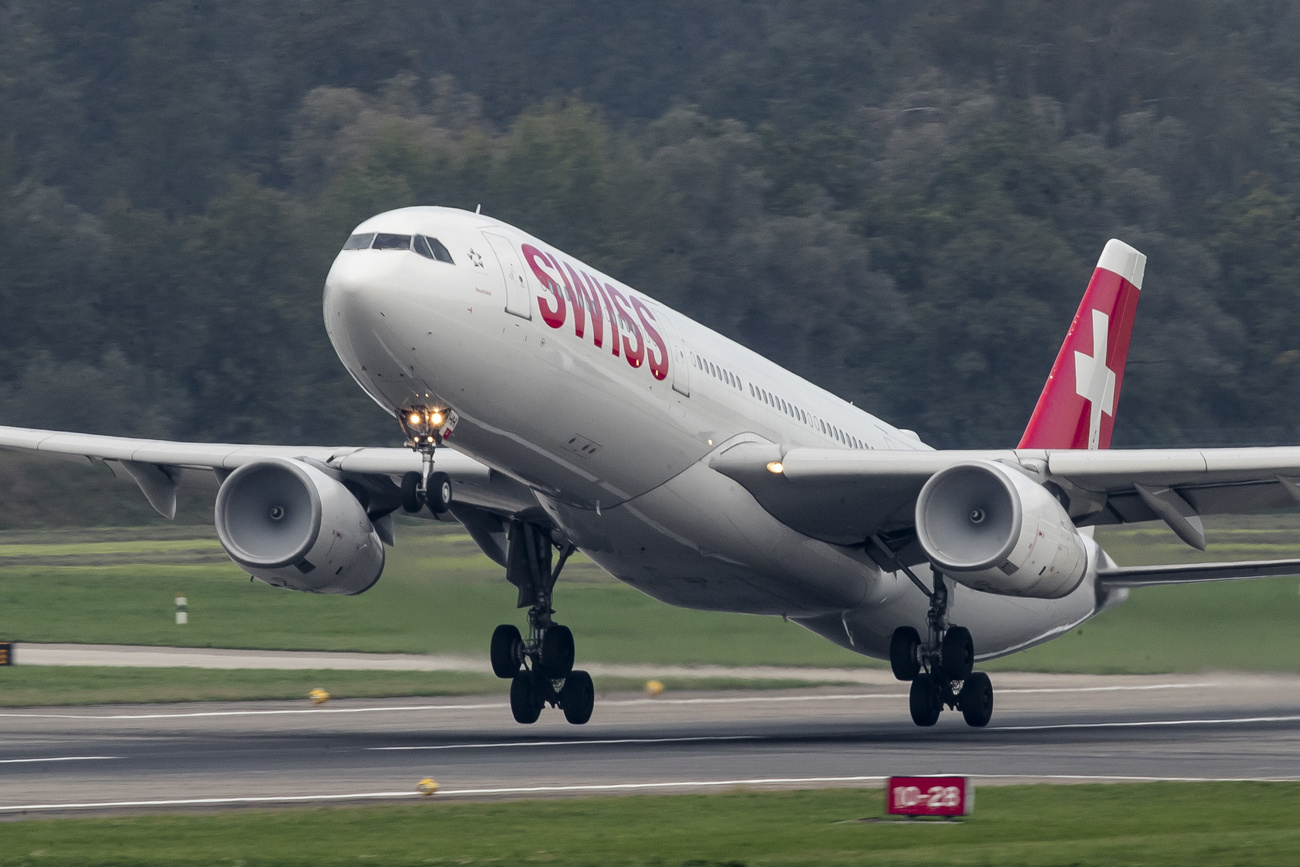
More
Swiss Abroad community grows and evolves

In compliance with the JTI standards
More: SWI swissinfo.ch certified by the Journalism Trust Initiative
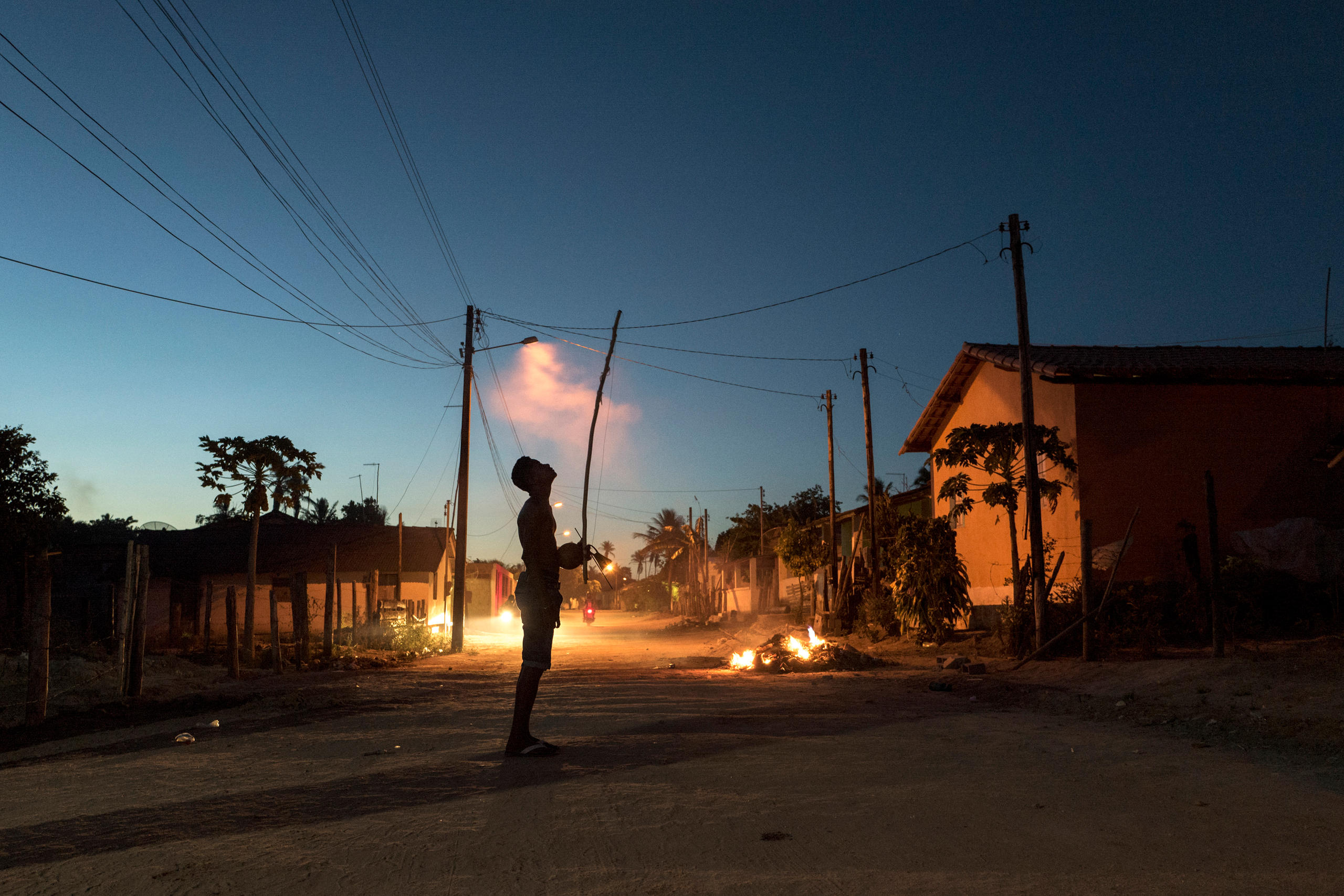
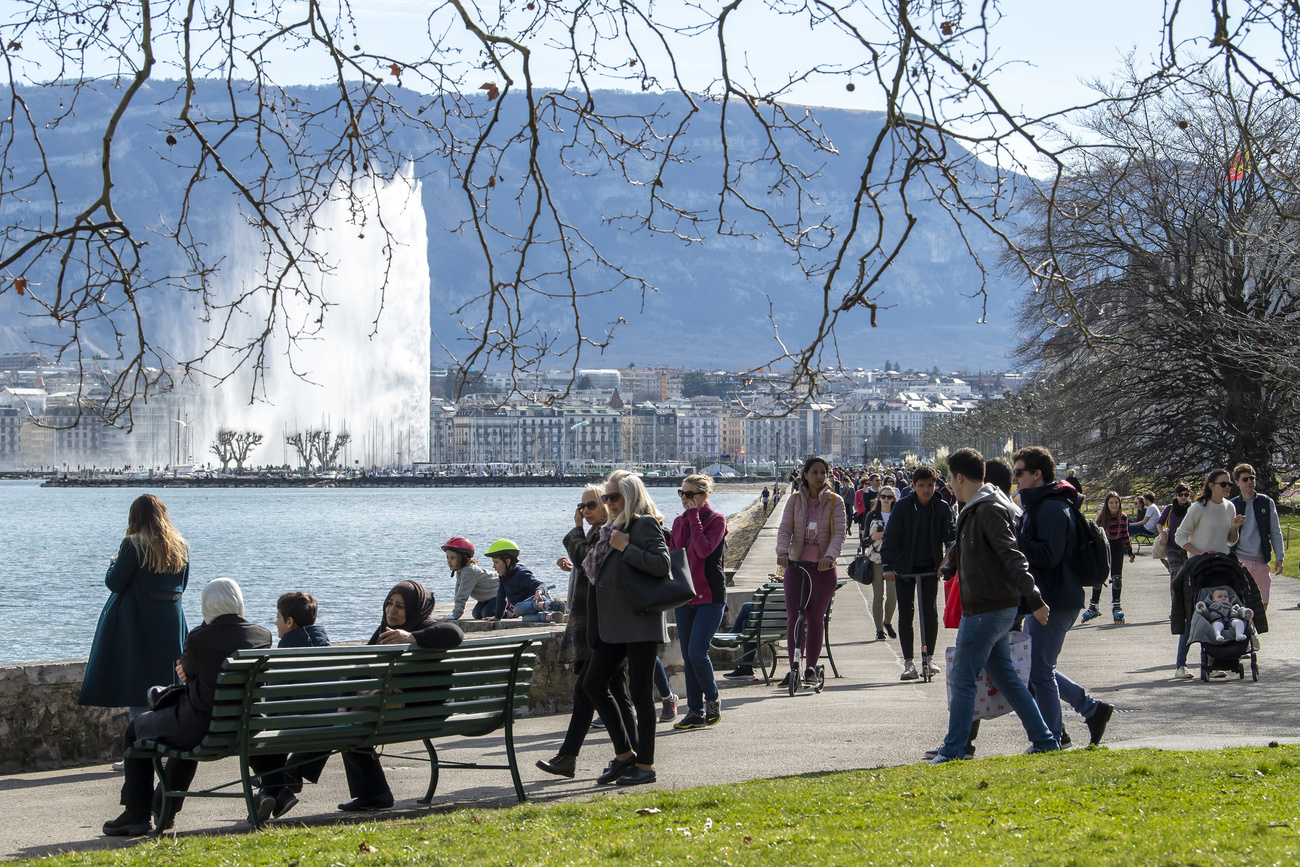

You can find an overview of ongoing debates with our journalists here. Please join us!
If you want to start a conversation about a topic raised in this article or want to report factual errors, email us at english@swissinfo.ch.